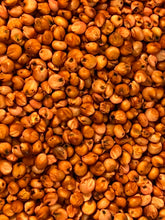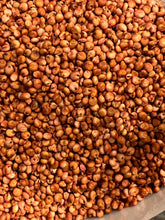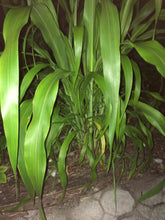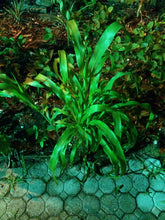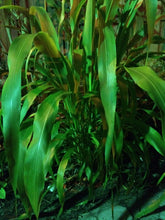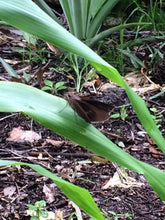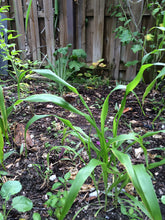
Ripkitty Sorghum Bicolor (Milo Variety)
An easy-to-grow cover crop!
Growing, Climate, and Care:
Sorghum milo is a warm-season crop that thrives in regions with hot summers and moderate rainfall. It is well-suited for tropical and subtropical climates but can also be grown in warmer temperate zones. Ideally, the temperature range during the growing season should be between 75 to 95°F (24 to 35°C).
Sorghum milo prefers well-drained soils with good fertility. It can tolerate a wide range of soil types, including sandy soils and loams, but it performs best in soils with a pH range of 6.0 to 7.5.
Sow sorghum milo seeds in rows with spacing between plants of about 6 to 12 inches (15 to 30 cm). Rows should be spaced around 30 to 36 inches (76 to 91 cm) apart to allow sufficient room for growth and ease of cultivation.
Hardiness Zones:
USDA Hardiness Zones: Sorghum milo is typically grown in zones 5 to 9. However, it is known to be cultivated outside of these zones due to their drought-tolerant hardiness.







